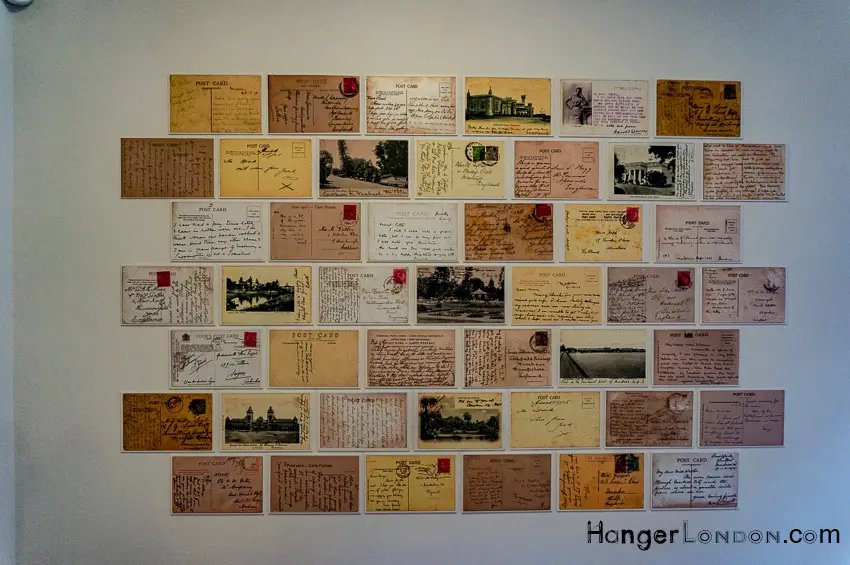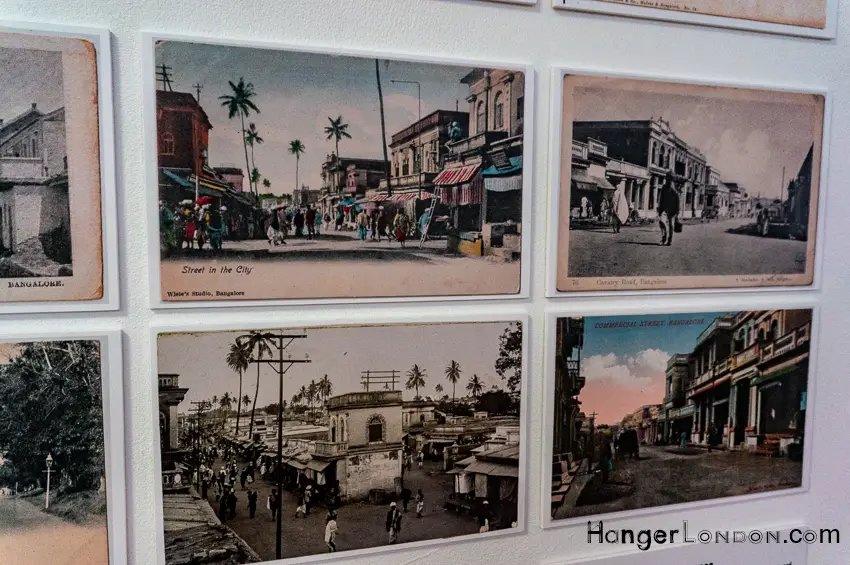The UK Punjab Heritage Society put on an altogether impressive exhibition covering the story of the Sikh Empire from 1799-1849 with an exhibition at the Brunei Gallery, part of the SOAS campus.
The Exhibition ran with more than 100 objects and artworks including personal items of Maharaja Ranjit Singh. Known as Sher-E-Punjab. One of the star items on display is his armlet which was on loan from the Royal Collection. Queen Victoria was presented with the Armlet in 1850.
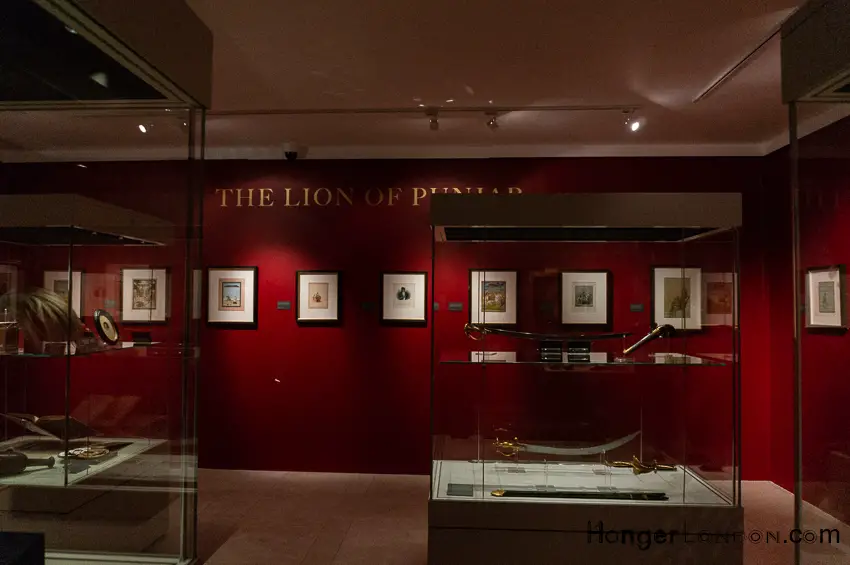
SOAS University London is a World Class leading educational establishment for the studies of Asia, The Middle East, Africa.
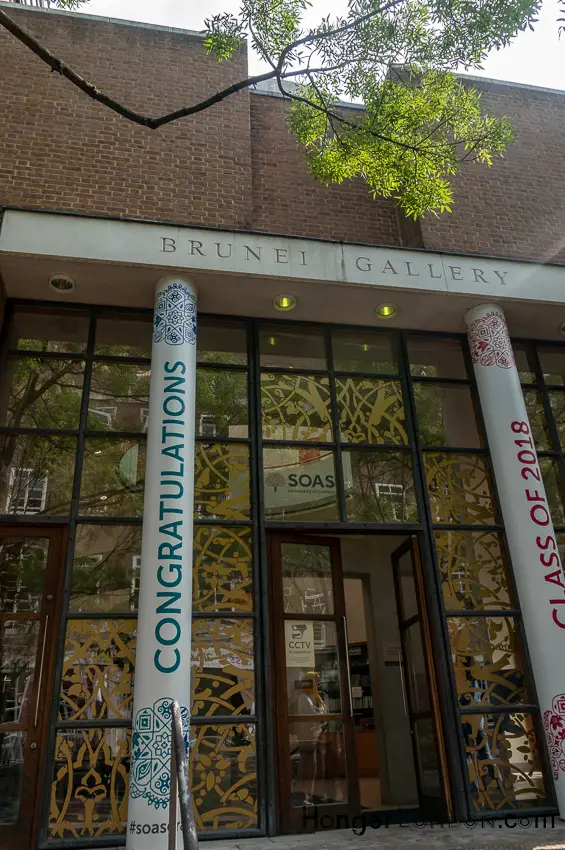
The Exhibition space had subtle lighting and a gallery upstairs with natural lighting. The peaceful visitors, studios respectful conscientious was also very pleasant.
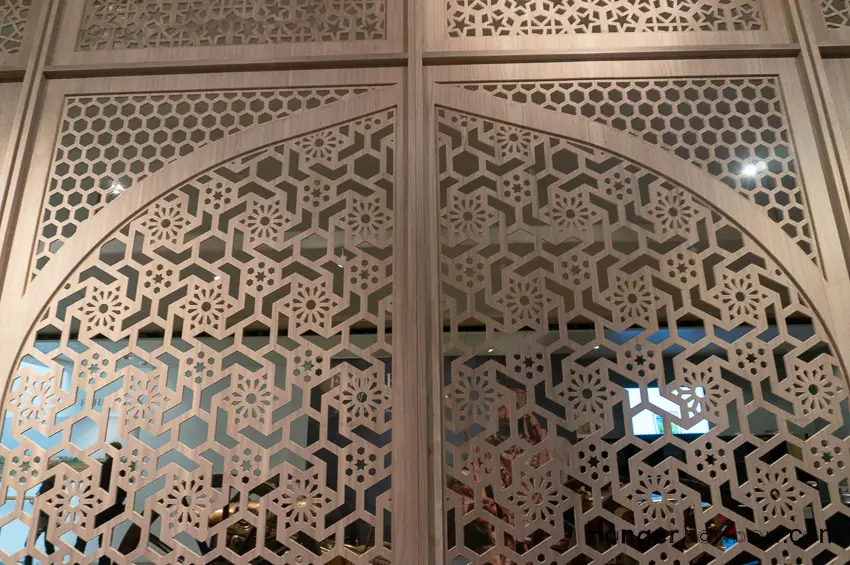
The Empire of the Sikhs Exhibition is divided into these areas;
- Art, Patronage Discoveries
- King Maharaja Ranjit Singh
- Imperial Lahore
- The Lion of Punjab
- The People of Punjab
- Cosmopolitan Court 1820 Ranjit Singh
- Military Men the Firangis and 4 ex Napoleonic Men
- Adventurers, Medicine Men, Mercenaries
- Military Civil diplomatic Life
- The Darbar
- The Successors
- Courtiers
- The Court
- End of Empire
- Anglo Sikh Wars Annexation Punjab
- The Sikh Empire 1799-1849
- Key people Ranjit Singh 1780-1839 known as the Lion of Punjab.
- Victorian Encounters
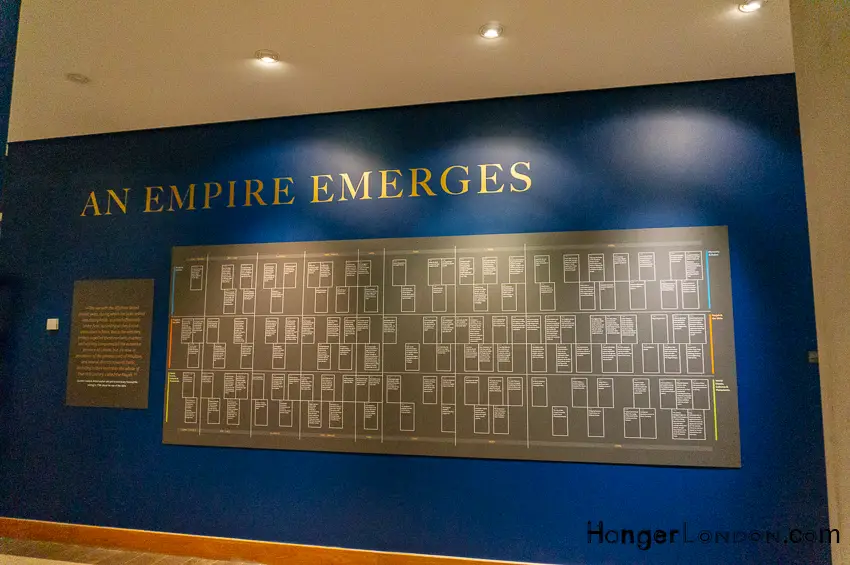
Books about Sikh culture, Books about India.
Finding books in a local library about the Empire of the Sikhs or the culture and art has proven challenging, thin on the ground.
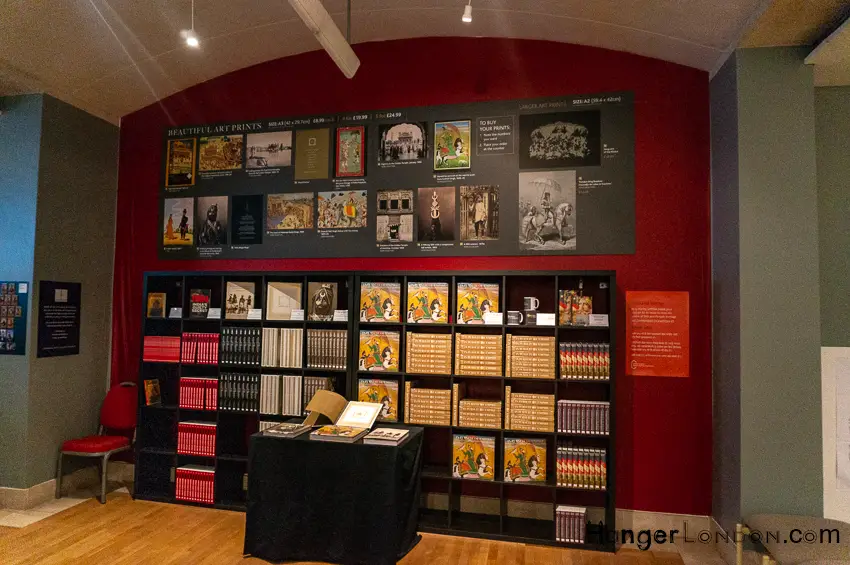
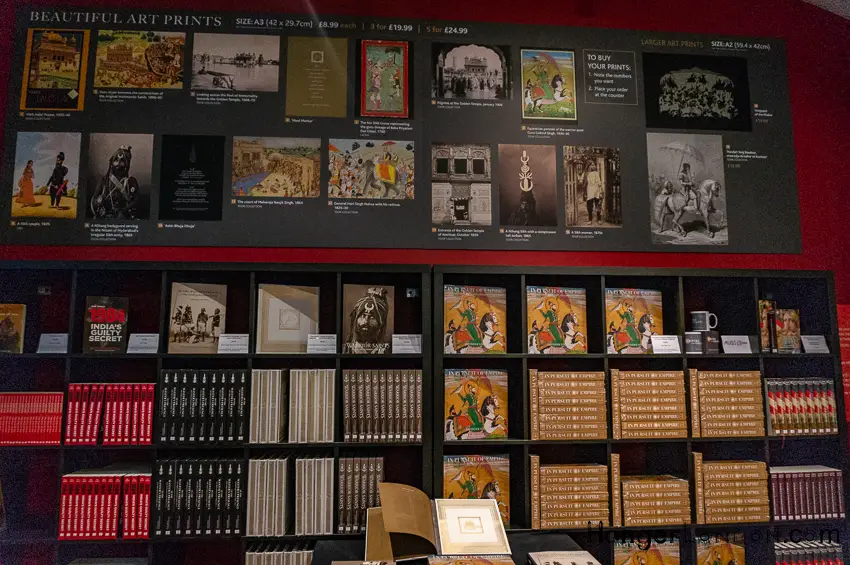
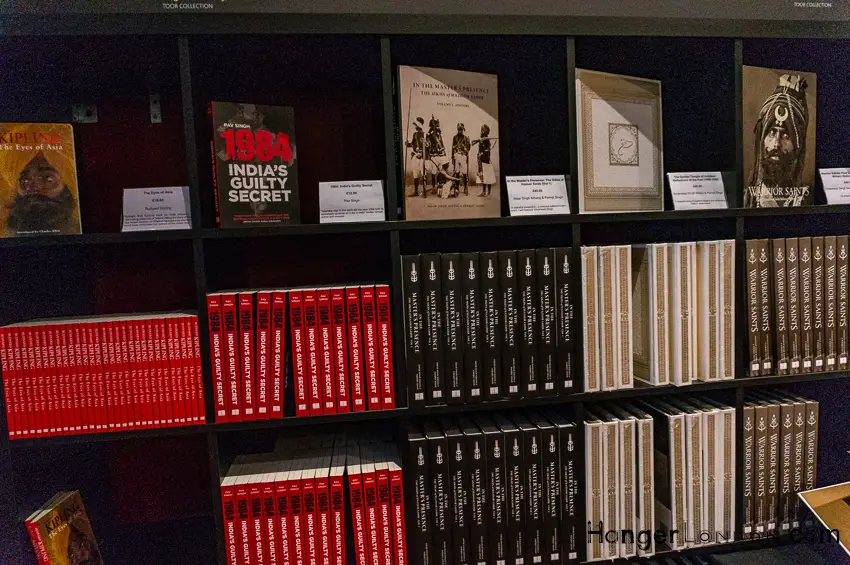
Also, some items are available on Amazon.
One of the featured books in the exhibition available as a gallery book to browse through is the colourful book of Art, “In Pursuit of Empire- Treasures From the Toor Collection of Sikh Art”.
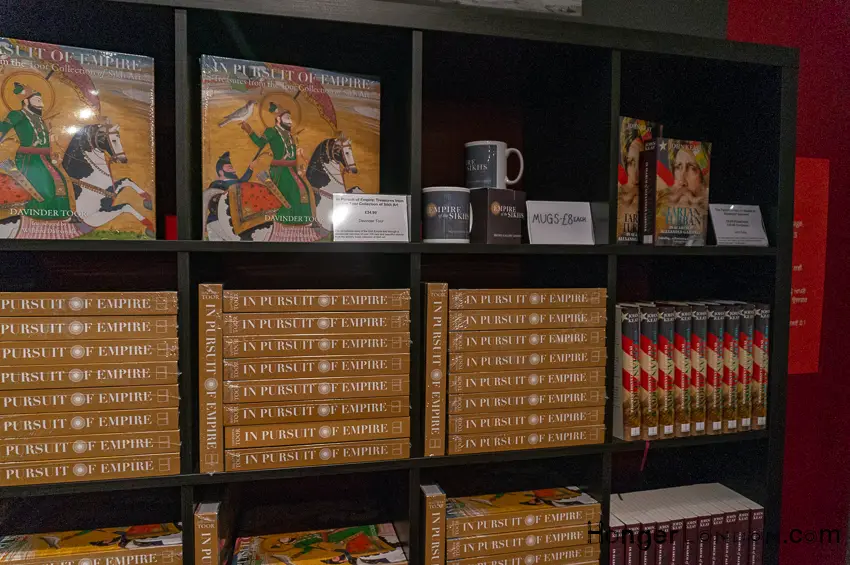
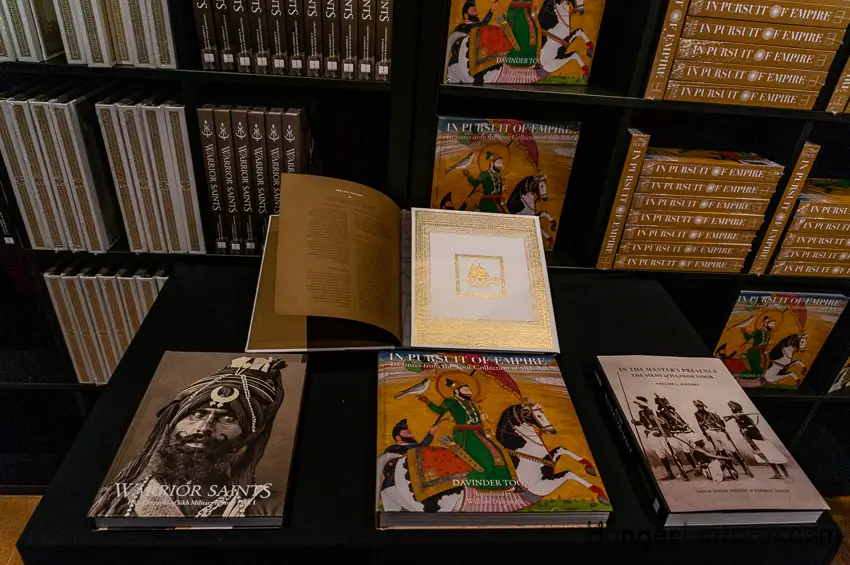
Finding books in a local library about the Empire of the Sikhs has proven challenging, thin on the ground.
Sarpech – 19th Century Jewelled Turban
A “sarpech” is a 19th-century jewelled turban ornament that was popular in the Indian subcontinent. The term “sarpech” is derived from the Persian word “sar” meaning head and “pech” meaning adornment, which translates to “adornment of the head.”
Made from Gold, emeralds, diamonds. Part of the Toor collection
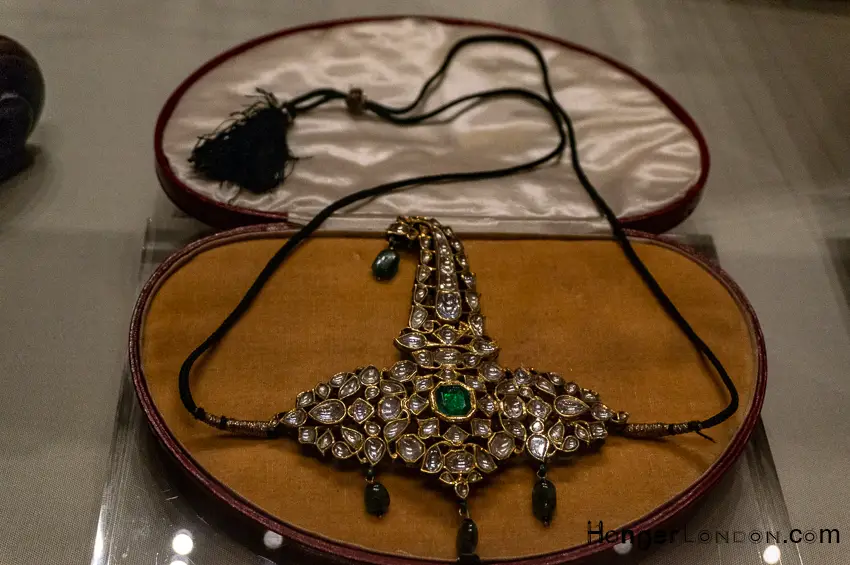
Sarpechs were worn by noblemen and royalty as a symbol of wealth and status. They were typically made of gold or silver and adorned with precious gems, such as diamonds, rubies, and emeralds. The intricate designs of the sarpech varied depending on the region and the wearer’s social standing.
Sarpechs were traditionally worn with a turban, which was a common form of headwear in the Indian subcontinent. The turban was an essential part of a man’s attire and often symbolized his social status and profession.
Today, sarpechs are still considered valuable and are collected by antique enthusiasts and jewellery collectors. They are also used in traditional Indian weddings and other formal events.
Gold Bracelet gift Sir Henry Fane
Sir Henry Fane Commander in Chief of the British Indian Army and his daughter Isabella Fane were guests of Ranjit Singh Maharaja Lion of Punjab”. The occasion was Ranjit Singh’s grandson’s wedding. Kanvar Nau Nihal Singh. Ranjit Singh gave a gold bracelet as a gift to Isabella. This is on display in the exhibition.
Early to mid-1830s gold cabochon rubies.
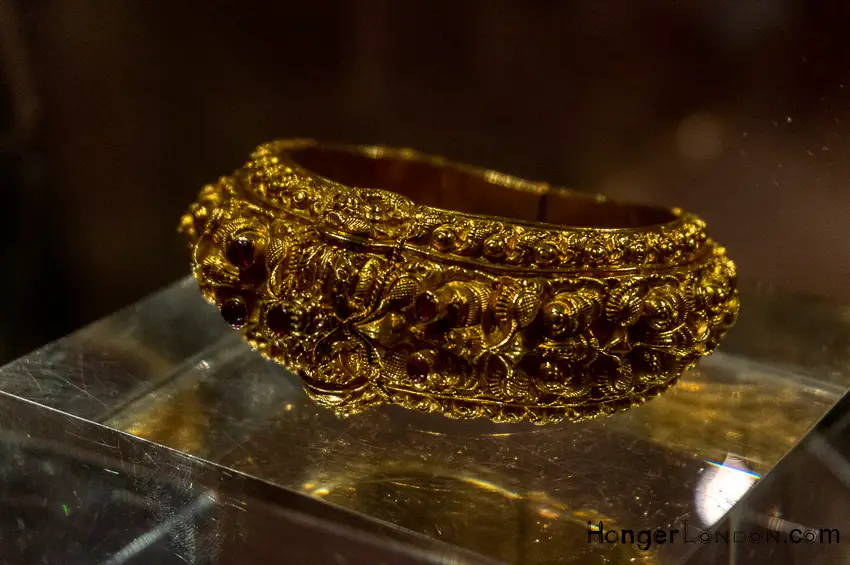
Flower pendant earrings Maharani Jind Kaur 1830-40 Lahore.
The flower pendant earrings of Maharani Jind Kaur, created in the 1830s-40s in Lahore, are a stunning example of Indian jewelry design. The earrings feature a delicate floral motif, crafted from gold with ruby and emerald accents.
Maharani Jind Kaur was the wife of Maharaja Ranjit Singh, the founder of the Sikh Empire in India. She was known for her love of fine jewelry and was often adorned with exquisite pieces that reflected her royal status.
The flower pendant earrings were likely worn by Maharani Jind Kaur on special occasions and complemented her regal attire. The intricate craftsmanship and use of precious gemstones reflect the skill and talent of the Indian artisans who created them.
Today, the flower pendant earrings of Maharani Jind Kaur are considered a significant part of Indian cultural heritage and are often displayed in museums and galleries around the world. They serve as a reminder of the rich artistic traditions of India and the power and influence of its royal families.
Made from Gold, Diamonds, Emeralds, Pearl, Red spinel,
Karanphool Jhumka.
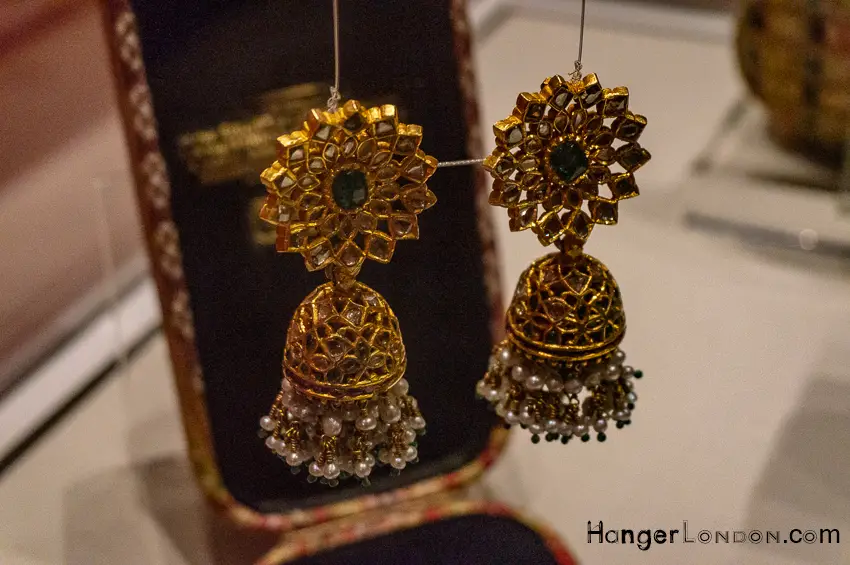
What is the Toor Collection?
The Toor Collection is a private collection of Indian art and artifacts that includes objects from the Mughal period, as well as items from the Sikh and Rajput kingdoms. The collection is owned by the Toor family, who are of Indian origin and have been collecting Indian art and artifacts for several generations. The Toor Collection is known for its extensive range of jewelry, paintings, textiles, and other objects that reflect the rich artistic heritage of India. Many of the items in the collection are rare and valuable, and have been exhibited in museums and galleries around the world.
Necklace part of the collection of the last Queen of Punjab
The necklace from the Toor Collection is a breathtaking piece of jewelry that belonged to the last Queen of Punjab. Crafted in the 1830s-40s, this necklace is made from ruby, seed pearls, diamond, and emerald.
The last Queen of Punjab was Maharani Jind Kaur, who was married to Maharaja Ranjit Singh, the founder of the Sikh Empire. She was known for her love of fine jewelry, and this necklace was likely one of her treasured possessions.
The intricate design of the necklace features a stunning combination of precious gemstones, arranged in a pattern that reflects the skill and creativity of the Indian artisans who created it. The use of ruby, seed pearls, diamond, and emerald adds to the richness and beauty of the piece.
Today, the necklace from the Toor Collection serves as a valuable part of Indian cultural heritage, representing the rich artistic traditions of the country’s royal families. It is a testament to the power and influence of the Sikh Empire and the last Queen of Punjab, Maharani Jind Kaur.
Made from ruby, seed pearls, diamond, emerald 1830-40 Toor Collection.
The Necklace, that belonged to Maharani Jind Kaur.
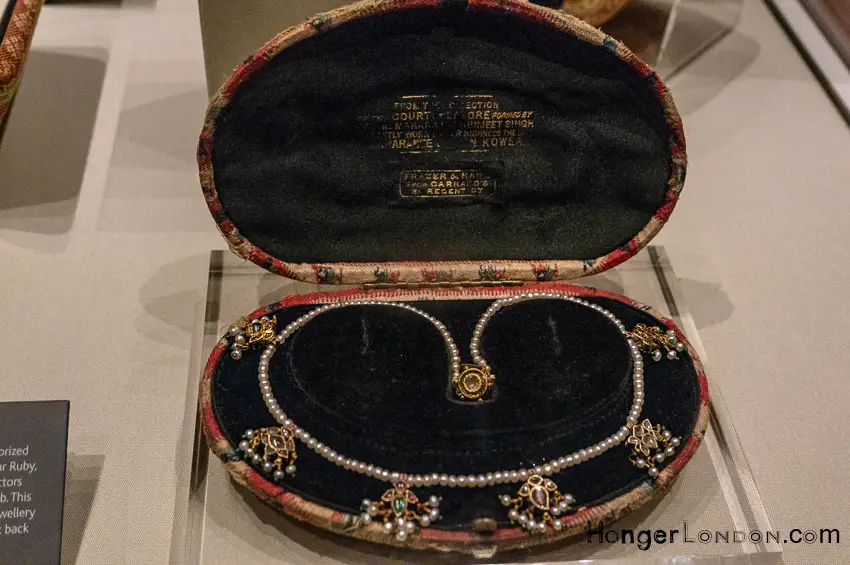
Jewels from Lahore are legendary Koh-i-Noor Diamond and the Timur Ruby were given to Queen Victoria, after the annexation of Punjab. They can be found as part of the Crown Jewels Collection.
Gold Earrings Maharani Jind Kaur 1830-40
The gold earrings worn by Maharani Jind Kaur in the 1830s-40s are a stunning example of Indian jewelry design. Maharani Jind Kaur was the last Queen of Punjab and was known for her love of fine jewelry. These earrings, made from gold, feature intricate filigree work and are embellished with small pearls.
The gold earrings are believed to have been part of Maharani Jind Kaur’s personal collection, worn on special occasions to complement her regal attire. The intricate filigree work on the earrings reflects the skill and talent of the Indian artisans who created them.
The earrings are a valuable part of Indian cultural heritage and serve as a reminder of the rich artistic traditions of India’s royal families. They have been displayed in museums and galleries around the world, attracting the attention of admirers of Indian jewelry design.
In summary, the gold earrings worn by Maharani Jind Kaur in the 1830s-40s are a stunning example of Indian jewellery design. Made from gold and embellished with pearls, they reflect the intricate filigree work and skill of the Indian artisans who created them. Today, they are a valuable part of Indian cultural heritage and are often exhibited in museums and galleries around the world.
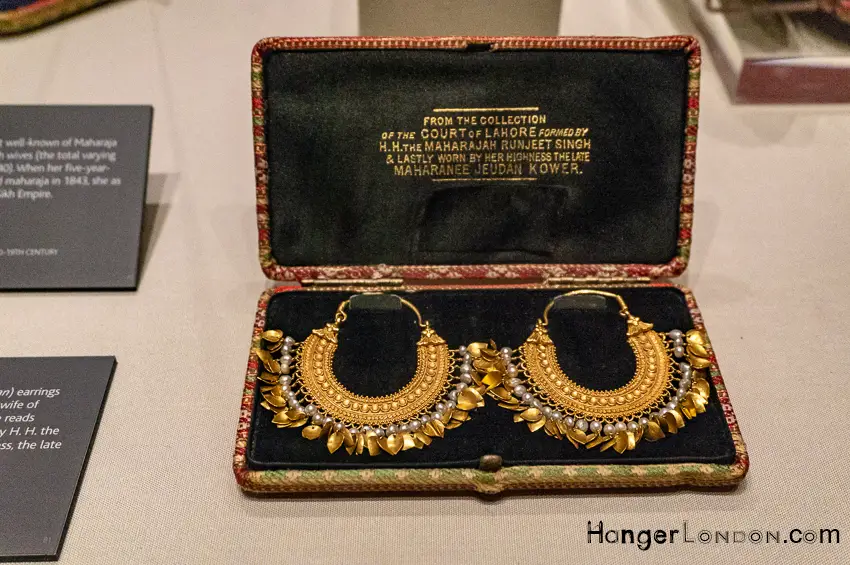
The Last Sikh Queen of the Punjab
Gold, seed pearls Toor Collection
Fan shaped
Jewelled Sword “Talwar”
The 19th century jeweled sword, or “Talwar,” is a remarkable example of Indian craftsmanship and artistry. The Talwar is a traditional Indian curved sword, and this particular piece is adorned with precious gemstones and intricate gold filigree work.
The jeweled sword was likely used by a wealthy Indian noble or ruler, as a symbol of their power and status. The exquisite design of the sword is a testament to the skill and creativity of the Indian artisans who created it.
The sword features a beautiful pattern of gemstones, including diamonds, rubies, emeralds, and pearls, arranged in a symmetrical and aesthetically pleasing way. The gold filigree work adds further detail and depth to the design, making it a true masterpiece of Indian jewelry.
Today, the jewelled sword serves as a valuable artefact and reminder of India’s rich cultural heritage. It is often displayed in museums and galleries around the world, where visitors can appreciate its beauty and the skill of the artisans who created it.
Images of the ten Sikh Gurus, named in gold Gurmukhi lettering. details also show Ranjit Singh with his sons and court members
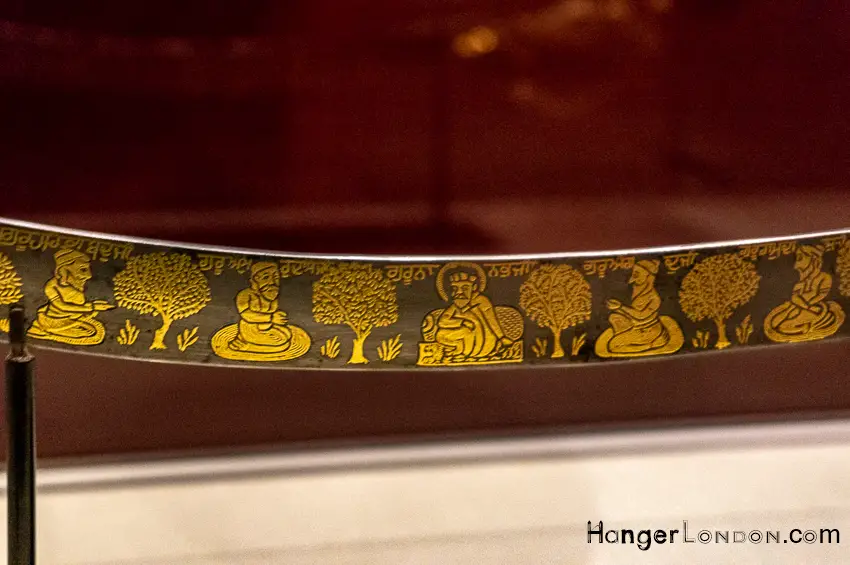
Decorated Sword 10 Sikh Gurus
Empire of the Sikhs Exhibition Brunei Gallery
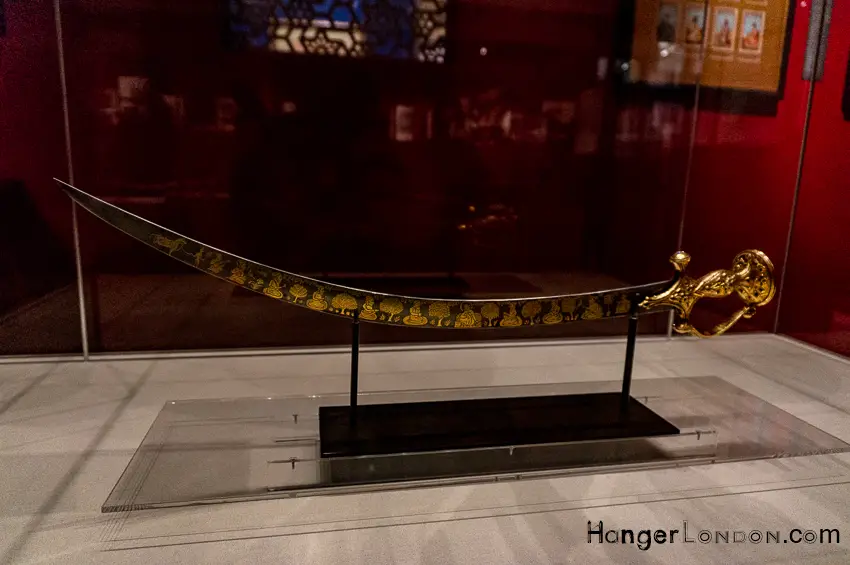
The curved swords of the “Talwar”
The collection of 19th-century swords, or “Talwars,” is a testament to the rich history and culture of India. Talwars are traditional Indian curved swords that were used by warriors and nobles in battle and as a symbol of their status and power.
This collection includes a variety of Talwars, each with its unique design and history. Some swords feature intricate engravings and filigree work, while others are adorned with precious gemstones and pearls.
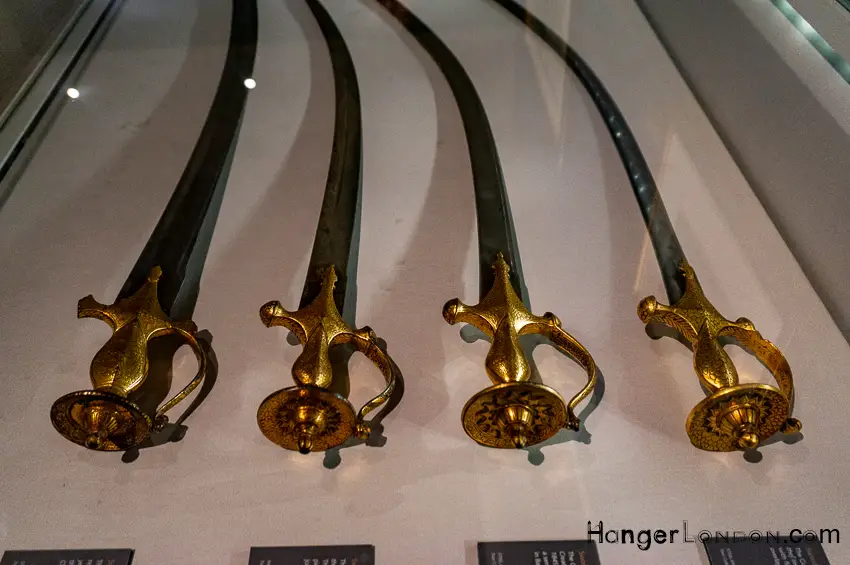
The swords in this collection are not only beautiful pieces of art but also represent the rich cultural heritage of India. They serve as a reminder of the country’s history of warfare, artistry, and craftsmanship.
Many of the swords in the collection have been passed down through generations of Indian families or were once owned by wealthy Indian nobles. Today, they are often displayed in museums and galleries around the world, where visitors can appreciate their beauty and the skill of the artisans who created them.
18th-19th century Quoits Steel and Gold used as weapons
They look a bit like a Frisbee with a hole in the middle used as a weapon. Guru Gobind Singh associated with its use. Used by the Shivite Ascetics.
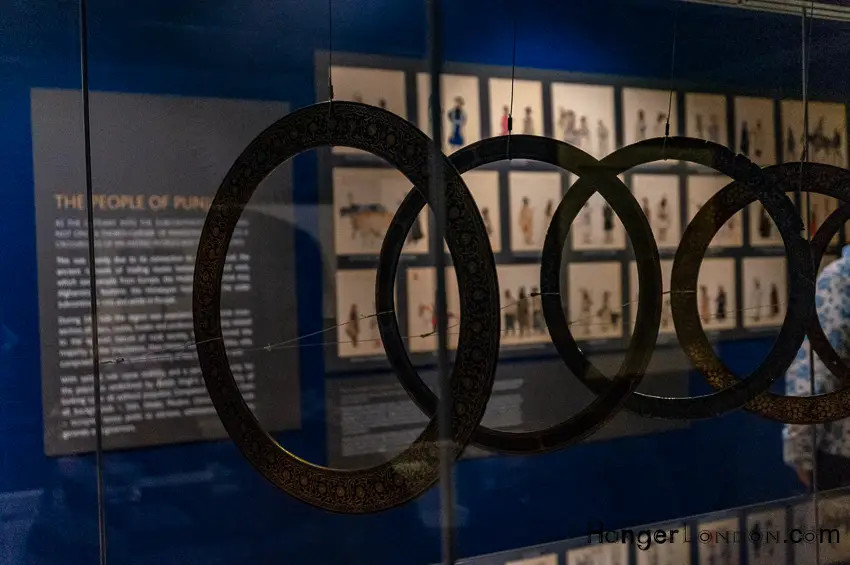
Armour
Sikh Coins from the 1700’s
The Sikh coins from the 1700s are an important part of Sikh history and culture. These coins were minted during the reign of Maharaja Ranjit Singh, the founder of the Sikh Empire, who ruled from 1801 to 1839.
The coins were minted using pure silver and feature intricate designs and inscriptions in the Gurmukhi script, which is the script used for the Punjabi language. The coins depict various images, including the Khanda, which is the emblem of the Sikh faith, and the portrait of Maharaja Ranjit Singh.
These coins were not just a means of currency but also served as a symbol of Sikh pride and identity. The coins were used to fund the construction of Sikh temples and to support the Sikh military.
Today, Sikh coins from the 1700s are highly valued among collectors and historians, as they offer a glimpse into the history and culture of the Sikh Empire. They are often displayed in museums and galleries, where visitors can learn about the rich history and traditions of the Sikh people.
A mid-19th C Pashmina wool Kashmir Long Shawl
A mid-19th century Pashmina wool Kashmir Long Shawl is a luxurious and intricate textile piece that speaks to the rich textile tradition of Kashmir. Made from the fine underbelly wool of the Pashmina goat, these shawls were highly prized for their softness, warmth, and beauty.
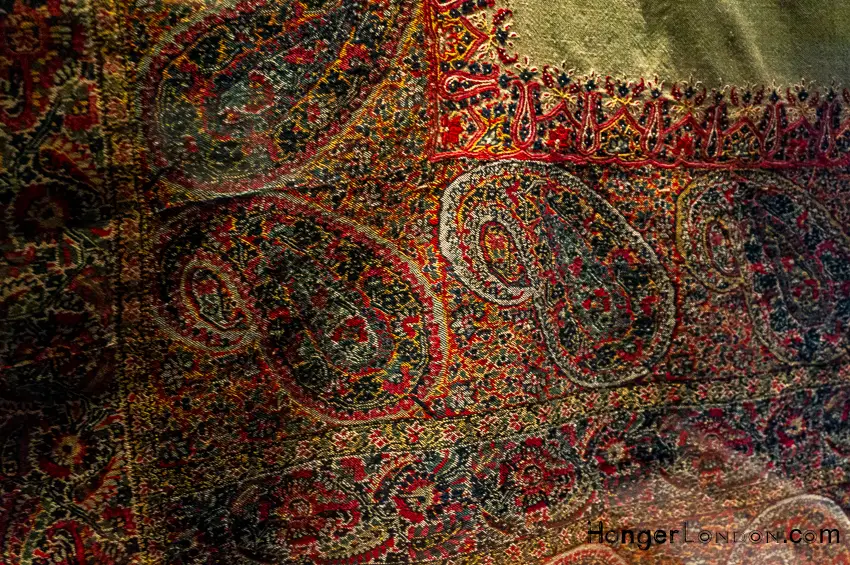
This particular shawl features an intricate design, with delicate floral motifs woven into the fabric using a technique called kani weaving. The shawl is also adorned with a decorative border and intricate fringes, which add to its beauty and elegance.
Kashmiri shawls were once a symbol of wealth and status and were worn by both men and women. They were often gifted to foreign dignitaries and royalty as a sign of goodwill and respect.
Today, Kashmiri shawls are still highly valued and sought after for their beauty and craftsmanship. They are often displayed in museums and galleries around the world, where visitors can appreciate the intricate weaving and delicate designs.
Postcards Themed “From Madras to Bangalore”
Pictures postcards as an urban history of Colonial India. They have put real postcards up fronts and backs, with old stamps and postmarks on with peoples handwriting. Interesting. They have been subdivided into categories too. People, religious buildings, Monuments, streets.
They date from the 1900’s to the 1930s.
